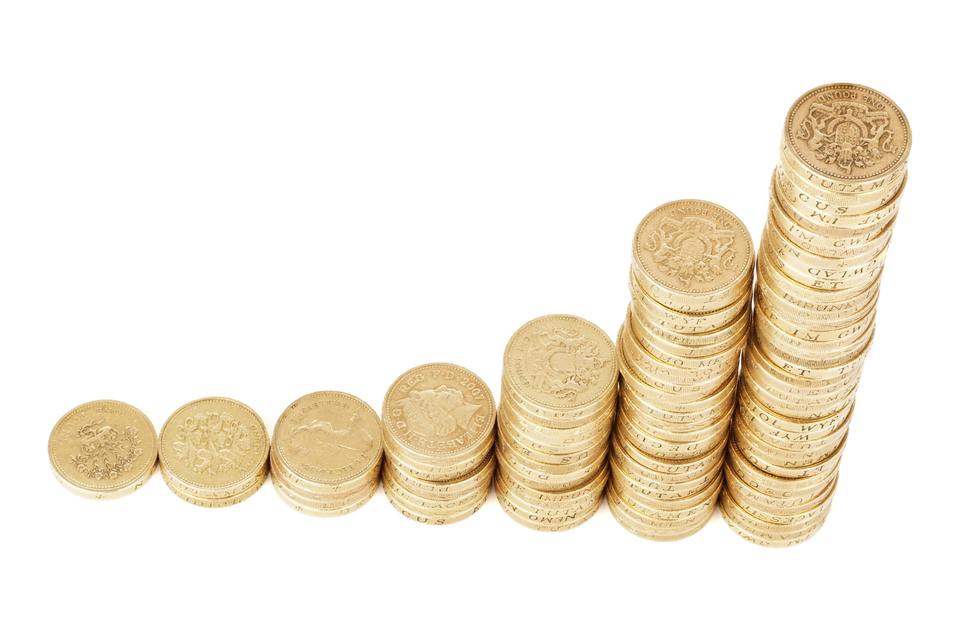|
|
Pricing and Margins
How should you determine the right pricing and margins for your products or business?
If you double the markup, you only need to sell half as much as a competitor to earn the same monetary profit.
Selling something cheaper will likely result in more sales. However, you need to sell twice as much to gain the same reward.
Note, the sale price of an item does not double when you double your margin.
Consider if the item cost is $10, and the considered markup is in the range of 50% - 100%, so the RRP price is $15 to $20. From a customer perspective, the cheaper item is only 25% cheaper: it's not half price. But from your perspective, if you sell at the cheaper price, you are essentially giving away half your income.
It can also be hard to sell more items. A market is only just so big. Each customer may only need one item.
If you apply higher margin, and sell less items, you will likely have even more profit, as overheads will be reduced via less staff and lower warehousing costs. Your life will be that much easier dealing with less transactions, and less people.
When you charge more, it is easier to run short term discounts. A cheap competitor will find it hard to run sales that appear as attractive.
It is more profitable to sell more expensive items, if only you can convince the customer.
Not only is it better to have a bigger margin: it's also better if that margin is based on higher dollar values. If you sell quality goods, with the same margin as someone who sells less quality cheaper goods, then you will earn more, because each sale is worth a higher dollar value (even though the margin is the same). It will be easier to sell the benefits of the more expensive items.
Going cheap will eventually bring the demise of your business. If you can lower your prices sustainably, that's great, but so can a competitor. If a competitor has a bigger wallet, they can undercut you just long enough to put you out of business, or they can buy in higher volumes for lower cost prices.
Typically, markup is around 100% (double cost price), but can vary wildly depending on industry. Markup typically will vary based on quantity, as it's easier to complete a larger transaction for more $ profit with lower % margin.
Overheads are a big concern when determing your markup. If you reduce your markup, overheads will impact on you more. Consider most importantly even small transaction fees. 3% might not seem a lot on a $100 sale. If you were aiming for 100% markup, the net markup just reduced to 94%. And that is before you deduct any real expenses like advertising, staff, rent, etc.
There is no rule of thumb that is going to determine the right markup for all industries. You need to research your competitor prices. Try to benchmark your prices within the industry range, and focus your effort on making a sale by every other approach other than reducing your prices.
In order to raise your prices, you need to convince customers you have something more important than the cheapest price:
- convenient location
- best shopping environment
- informative staff
- great after sales service
- straightforward returns policy
- only selling better quality items
- wider range
Author: Reuben Jackson (CEO) (www.website.world)
Posted: Thursday 14 February 2019
Recent Posts
Archive
|
© Copyright Business Networking NZ
- Site map
|



